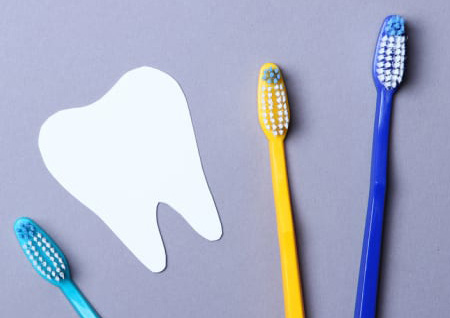What Are the Parts of a Dental Implant?
Missing teeth can cause many concerns when it comes to your oral health, therefore having them replaced as early as possible is ideal. One of the replacement options is a dental implant. When combined with a crown or other tooth replacement, implants will look and feel just as a natural tooth would.
They can help treat numerous oral health concerns, prevent surrounding teeth from moving, help resolve bite issues and jaw joint pain and help preserve the aesthetic appearance and tissue in a patient's facial area.
1. Fixture
The implant or fixture is typically made with titanium and is the portion of the implant that is surgically placed beneath the gums.
This portion of the implant has a screw-like shape and will be placed in the jawbone after the surgeon drills a small hole to replace the missing tooth's roots. As the tissue heals, the fixture bonds to the jawbone in a process known as osseointegration, which allows the implant to become a permanent part of your body.
These fixtures are made with titanium as it is uncommon for the body to reject this material. Using proper materials increases the chance that osseointegration and other parts of the process will go smoothly, and reduces the risk of corrosion and other complications.
2. Abutment
An extender is attached to the false tooth since the implant itself is placed entirely beneath the gumline. This short screw is called an abutment and extends at or directly over the gum line and provides support the tooth replacement.
The abutment can be constructed from a tooth-coloured material or metal and is usually attached after osseointegration has occurred. Although there may be instances where the dentist will place both the fixture and the abutment at the same time.
3. Tooth Replacement
Three to six months after your surgery, you'll return to your dentist's office so the tooth replacement - a crown, bridge or denture - can be attached. The replacement (or prosthesis) will look and function similar to your natural teeth and can be made from porcelain, ceramic or other materials.
Your tooth replacement and the dental implant as a whole will work like a natural tooth and roots, allowing you to use your teeth and mouth as you normally would to chew and talk.
How Dental Implants Help Keep Your Mouth Happy
Whichever tooth replacement option you and your dentist decide is right for you, it's important to have missing teeth replaced as soon as possible to prevent deterioration in the jaw and gum tissues. If deterioration occurs, this can cause further complications for your oral and overall health and teeth surrounding the gap can shift out of position, which may lead to bite issues and uneven teeth.
Do you have missing teeth that need replacing but are unsure of whether implants are right for you?
A dentist will be able to dental implants and their benefits as well as any other options that may work well for your unique dental situation.

